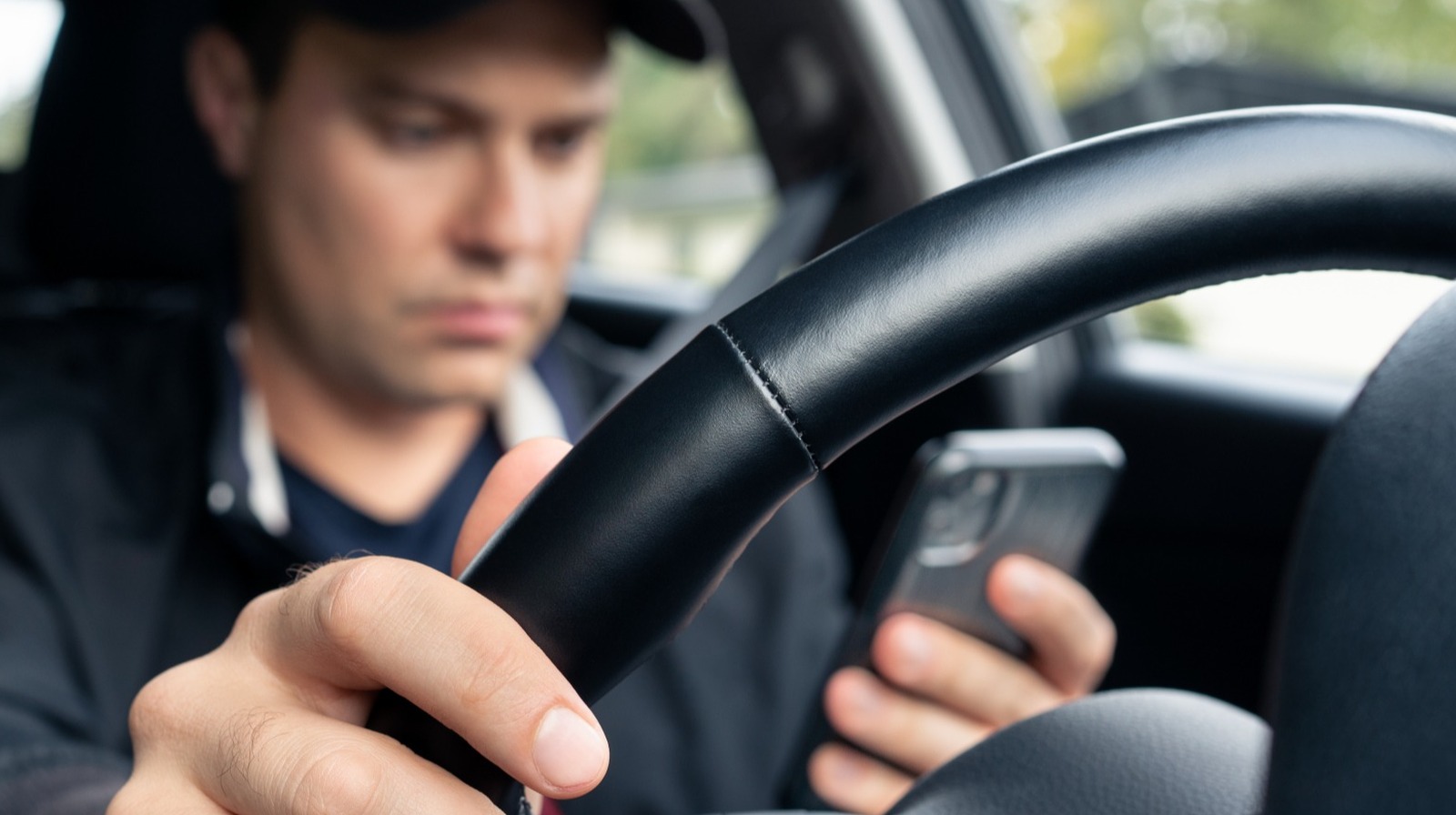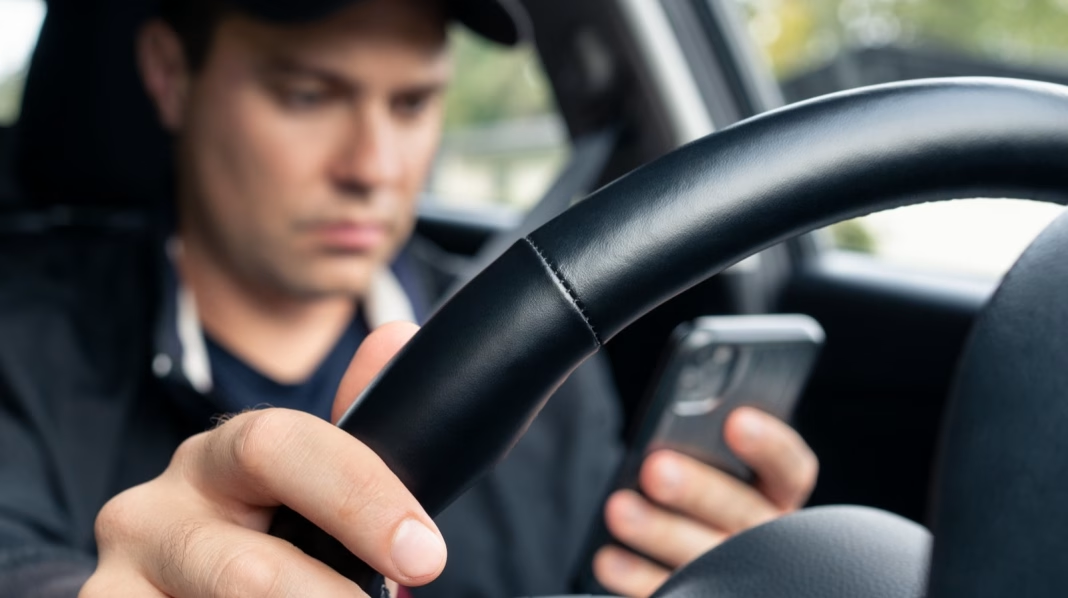Which States Make It Illegal to Touch Your Phone While Driving?
Ever glanced at your phone at a red light, thinking it’s harmless? Turns out, in many states, even a quick tap or swipe can land you a hefty fine. Laws around phone use while driving have tightened up across the US, and the details can be surprisingly strict depending on where you are. So, what exactly do these laws say, and how do they differ from state to state?
Why Are States Cracking Down on Phone Use Behind the Wheel?
Distracted driving is now one of the leading causes of road accidents nationwide. According to the National Highway Traffic Safety Administration (NHTSA), over 3,000 people lost their lives in 2022 due to distracted driving, with mobile phone use being a major culprit. States aren’t just worried about texting—they’re targeting any physical interaction with your phone, from changing a song to checking a map. The logic is simple: even a second’s distraction can have life-altering consequences.
Which States Have Hands-Free Laws, and What Do They Actually Mean?
Hands-free laws are popping up everywhere, but they’re not all created equal. In states like Georgia, New York, and California, it’s illegal to hold or touch your phone for any reason while driving. That means no texting, no scrolling, not even picking up your phone to check the time. The only exceptions? Using voice commands or a single tap to activate a hands-free function—think answering a call through your car’s Bluetooth.
Other states, such as Texas and Florida, have partial bans. You can’t text while driving, but you might be able to use your phone for navigation or calls if it’s mounted. The patchwork of rules can be confusing, especially if you’re crossing state lines on a road trip.
Are There Any Surprising Exceptions or Loopholes?
Absolutely. Some states allow phone use when you’re stopped at a red light, while others don’t. In Illinois, for example, you can’t touch your phone even when you’re stopped in traffic. Emergency situations are generally exempt—if you need to call 911, you’re in the clear. But for everyday use, the safest bet is to keep your hands off the device entirely.
What Are the Penalties for Breaking These Laws?
Penalties vary widely. In California, a first offense can cost you around $162 after fees. In New York, fines start at $50 but can climb to $200 for repeat offenders, plus points on your license. Insurance rates often go up after a citation, making that quick text a costly mistake. Some states even ramp up penalties in school zones or for repeat violations.
How Can Drivers Stay Compliant and Safe?
The best approach is to go hands-free. Invest in a phone mount and use voice commands whenever possible. Most modern cars support Apple CarPlay or Android Auto, making it easier to keep your focus on the road. If you need to send a message or check directions, pull over safely. Apps like Do Not Disturb While Driving can help by silencing notifications automatically.
What Do Experts Say About Effectiveness?
Research from the Insurance Institute for Highway Safety (IIHS) shows that hands-free laws reduce handheld phone use by up to 50 percent. However, experts caution that even hands-free use can be distracting. The real goal is to minimize all distractions, not just physical ones. Still, states with strict hands-free laws have seen a measurable drop in crash rates related to phone use.
What Should You Do If You’re Unsure About Your State’s Law?
Check your state’s Department of Motor Vehicles website for the latest rules. Laws change frequently, and ignorance isn’t a defense if you get pulled over. When in doubt, err on the side of caution—put the phone down and focus on driving.
The big takeaway? Staying off your phone while driving isn’t about perfection—it’s about smarter adjustments. Start with one change this week, and you’ll likely spot the difference by month’s end.


